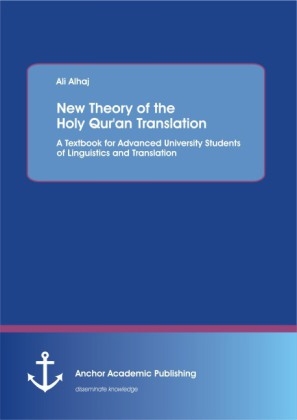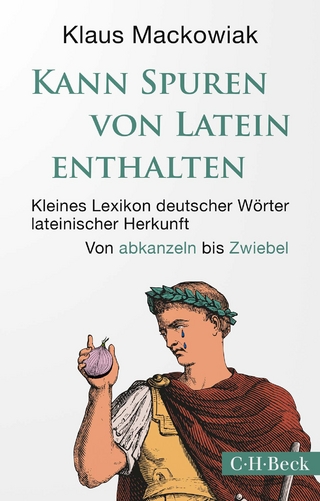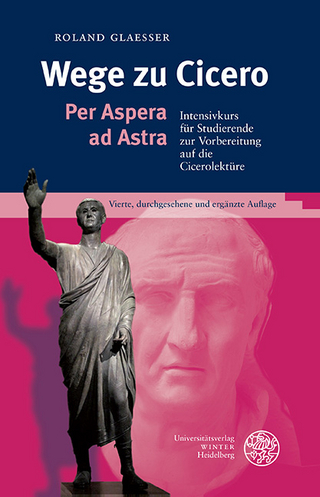
New Theory of the Holy Qur'an Translation. A Textbook for Advanced University Students of Linguistics and Translation
Anchor Academic Publishing (Verlag)
978-3-95489-890-9 (ISBN)
The steps, selected from a consciously known range of potential procedures, taken to solve a translation problem, which has been consciously detected and resulting in a consciously applied solution.
While some strategies are helpful, others turn out to be of little avail. It follows, then, that the translator has to sort out the wheat from the chaff in pursuit of a good translation. Here, the translator may utilize particular strategies in accordance with the method anticipated in the course of translation, i.e. target- orientedness or source- orientedness.,
Faced with differences in the extralinguistic reality of the two cultures or ist lexical mapping, the translator tries to reconcile them by relying on the following procedures: borrowing, definition, literal translation, substitution, lexical creation, omission, and addition. Three comments that need to be made by the researcher in connection with this list:
First, not all of the procedures achieve cultural transfer in the sense of filling the gap, but they all serve the purpose of achieving communicative equivalence in translation. For instance, substitution and omission certainly do not help to make members of the target culture aware of anything that their culture does not already possess, and lexical creation is no more enlightening than the use of the sources - language expression unless accompanied by some other procedure that will make the particular extra-linguistic feature part of their experiences. Second, combinations of procedures rather than single procedures are required for optimum transmission of cultural information (e.g., borrowing -and- definition, borrowing-and- substitution, lexical creation-and- definition,)
Third, in planning his/her translation strategy, the translator does not make a one-time decision on how he/she will treat unmatched elements of culture; rather, even if the translator has established an overall order of preferences, he/she usually makes a new decision for each element and for ist each use in an act of communication, rather, even if he has established an overall order of preferences, he usually makes a new decision for each such element and for each use in an act of communication .(Cohen,1990,p.78)
Text Sample:
Chapter 2 Translation Procedures& Strategies:
Translation strategies are the procedures employed by the translator to attempt a solution to the multifarious baffling problems with which translation is indubitably replete. Malone (1988, p.78) defines translation
The steps, selected from a consciously known range of potential procedures, taken to solve a translation problem, which has been consciously detected and resulting in a consciously applied solution.
While some strategies are helpful, others turn out to be of little avail. It follows, then, that the translator has to sort out the wheat from the chaff in pursuit of a good translation. Here, the translator may utilize particular strategies in accordance with the method anticipated in the course of translation, i.e. target- orientedness or source- orientedness.,
Faced with differences in the extralinguistic reality of the two cultures or its lexical mapping, the translator tries to reconcile them by relying on the following procedures: borrowing, definition, literal translation, substitution, lexical creation, omission, and addition. Three comments that need to be made by the researcher in connection with this list:
First, not all of the procedures achieve cultural transfer in the sense of filling the gap, but they all serve the purpose of achieving communicative equivalence in translation. For instance, substitution and omission certainly do not help to make members of the target culture aware of anything that their culture does not already possess, and lexical creation is no more enlightening than the use of the sources - language expression unless accompanied by some other procedure that will make the particular extra-linguistic feature part of their experiences. Second, combinations of procedures rather than single procedures are required for optimum transmission of cultural information (e.g., borrowing -and- definition, borrowing-and- substitution, lexical creation-and- definition,)
Third, in planning his/her translation strategy, the translator does not make a one-time decision on how he/she will treat unmatched elements of culture; rather, even if the translator has established an overall order of preferences, he/she usually makes a new decision for each element and for its each use in an act of communication, rather, even if he has established an overall order of preferences, he usually makes a new decision for each such element and for each use in an act of communication .(Cohen,1990,p.78)
2. 1 Borrowing( Importation)
Borrowing the source language expression is frequently used procedure and one that assures a very precise transmission of cultural information, if the knowledge of the extra linguistic reality in question has been assured in some other way by definition, visual representation, direct experience, etc. This is the reason why this procedure is often combined with definition or substitution. It has the advantages that, once the expression enters the target language, it can be used freely in all contexts and collocations in which it is used in the source language. In this context Fawcett (1997, p.34) points out:
Once a term is accepted in the target language, it can be used just any as other word in the language without adding special notes to it. When using a borrowed term for the first time, however, it is better to use a combination of methods like borrowing and definition.
Borrowing is not a new phenomenon in the history of language contact. It is considered, in the words of Larson (1984, p.143), to be'' one of the ways in which a language renews ist lexicon'', and it has been one of the translation strategies employed in interlingual communication. This strategy is based on the transference of an item from a SL into a TL at different levels, with varying degrees, e.g., 'phonological', 'orthographic', 'morphological', 'semantic', 'lexical' and 'phraselogical '(Leech ,1993,p.84).Levy(2000,p.60)speaks of three different methods fo
| Erscheint lt. Verlag | 15.9.2016 |
|---|---|
| Sprache | englisch |
| Maße | 155 x 220 mm |
| Gewicht | 134 g |
| Themenwelt | Geisteswissenschaften ► Sprach- / Literaturwissenschaft ► Latein / Altgriechisch |
| Geisteswissenschaften ► Sprach- / Literaturwissenschaft ► Sprachwissenschaft | |
| Schlagworte | Translation |
| ISBN-10 | 3-95489-890-X / 395489890X |
| ISBN-13 | 978-3-95489-890-9 / 9783954898909 |
| Zustand | Neuware |
| Informationen gemäß Produktsicherheitsverordnung (GPSR) | |
| Haben Sie eine Frage zum Produkt? |
aus dem Bereich


